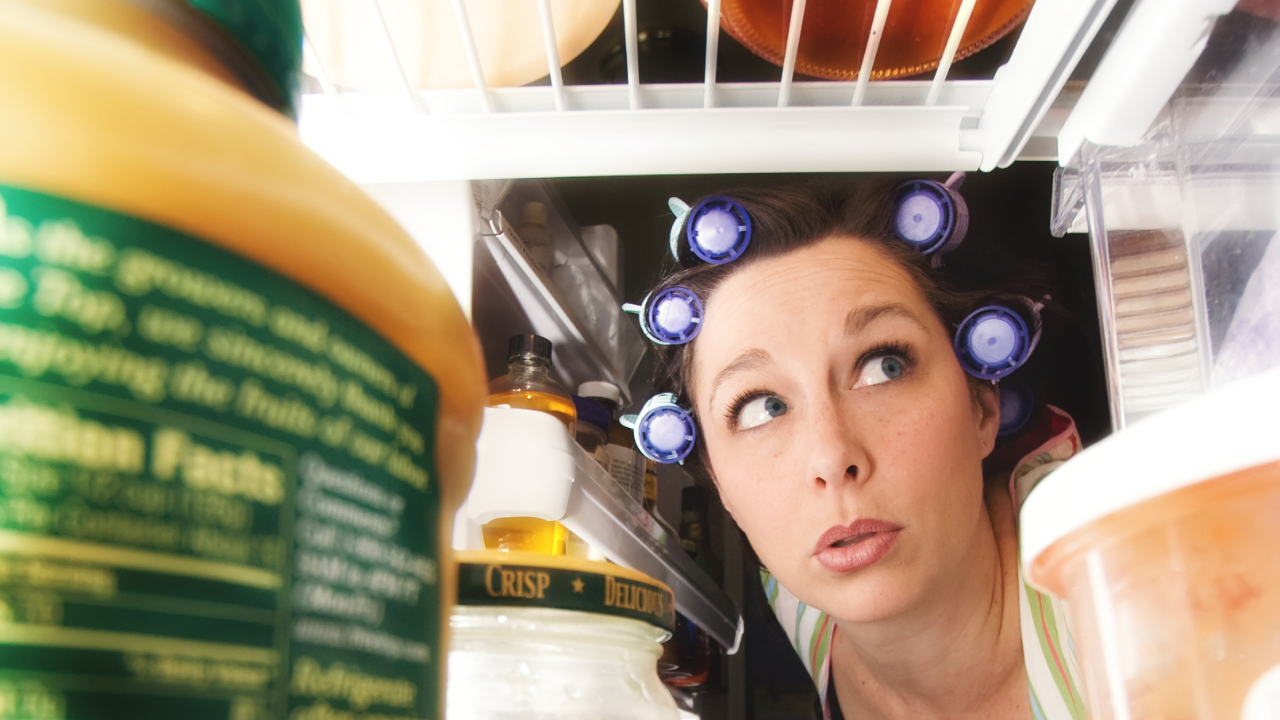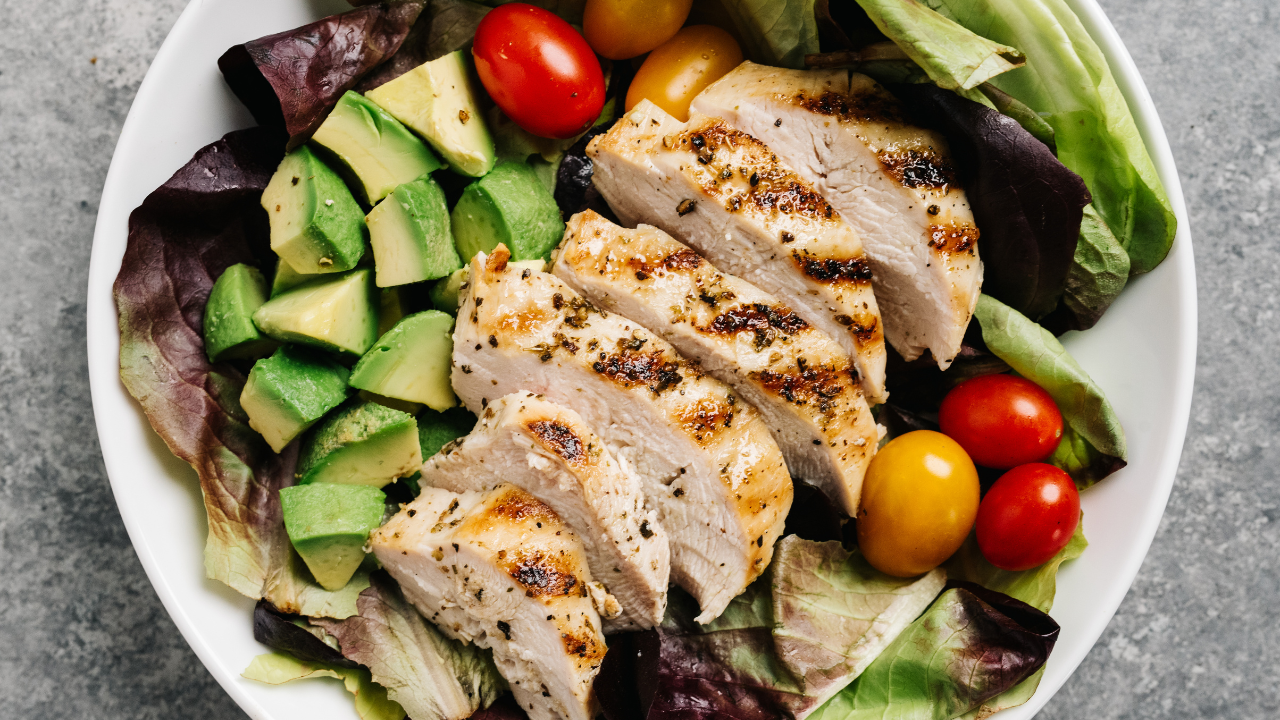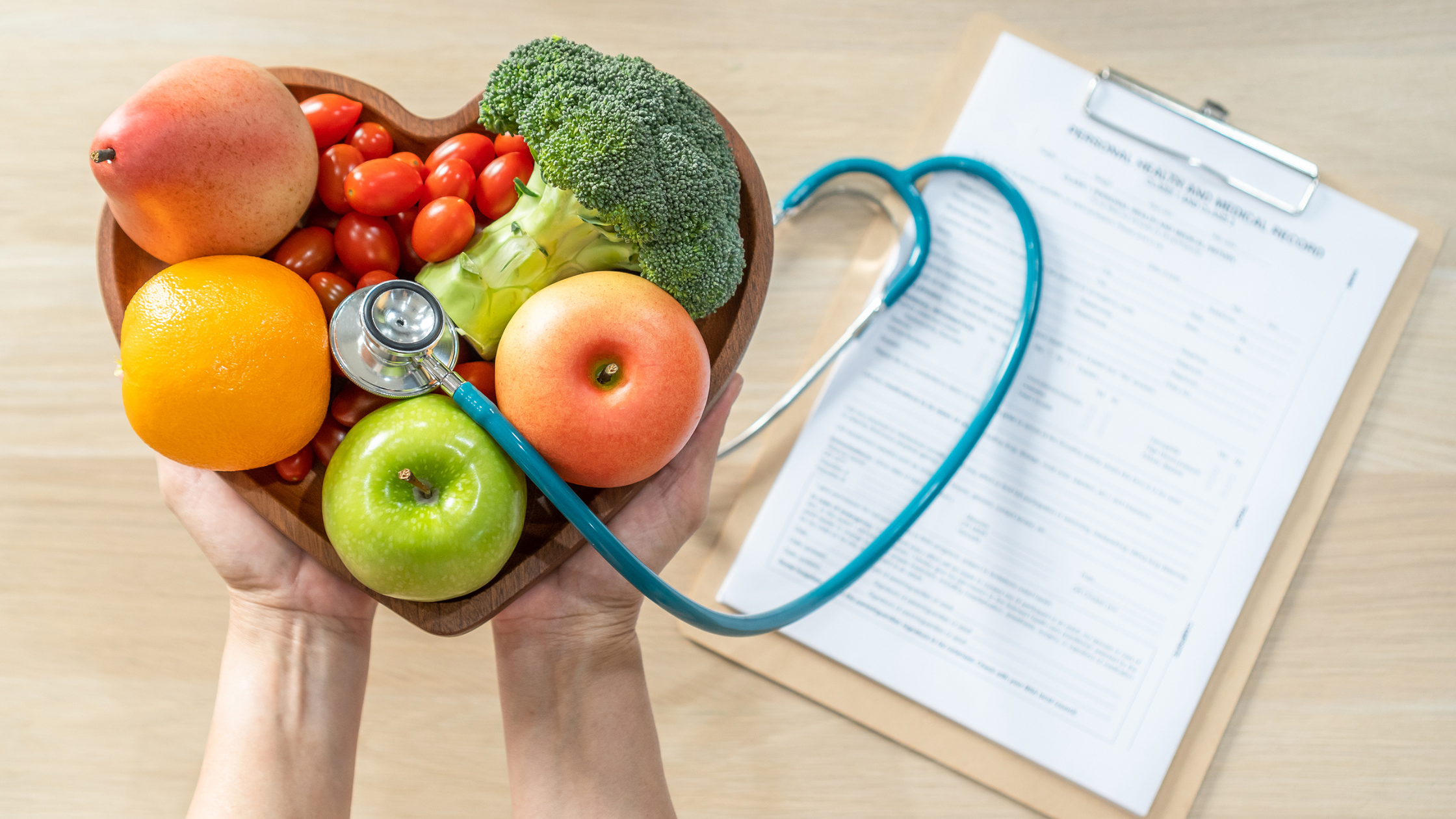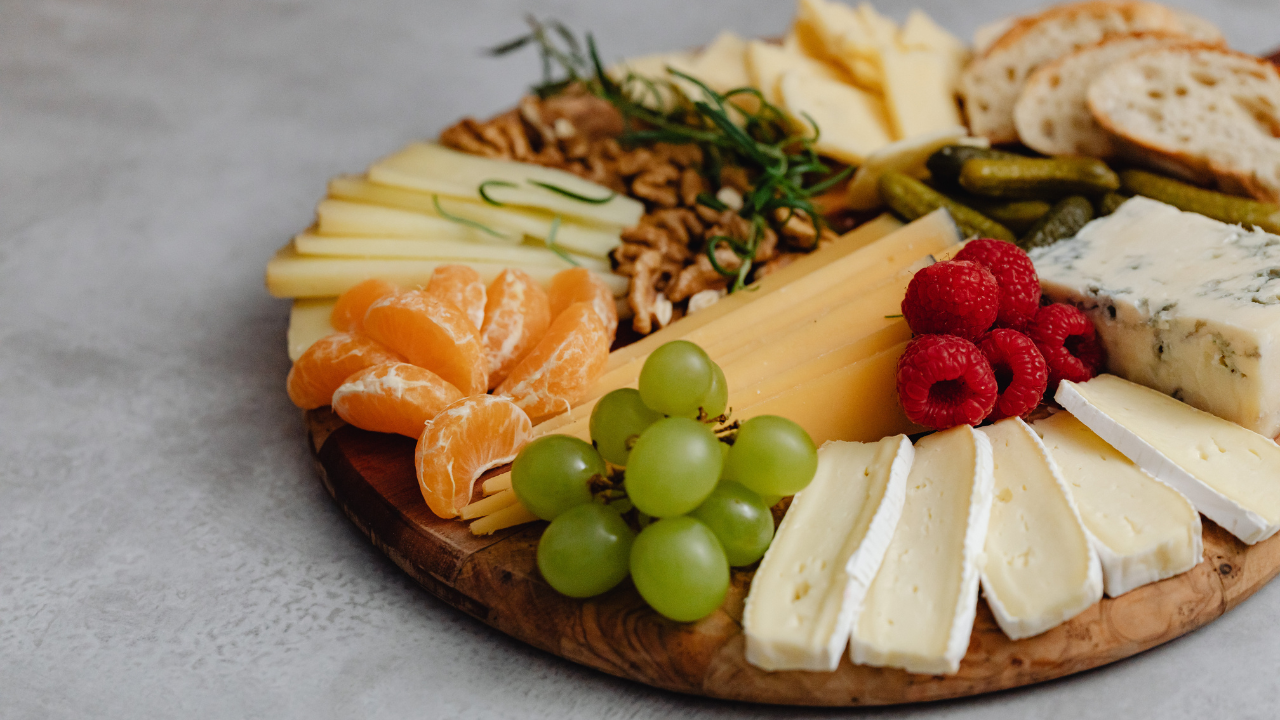Taste the Rainbow - Are Food Dyes Poisoning Us?
Artificial food dyes have sparked much controversy in the wellness world. Red 40 and other food dyes have been thought to cause conditions such as Attention–Deficit/Hyperactivity Disorder (ADHD), autism, cancer, migraines, and gastrointestinal issues. Because of these claims, many people are afraid to consume food coloring. Well-intentioned caretakers may also be sure to keep colorful snacks and candies away from their kids.
But is there any truth to these scary claims? Or are food dyes actually safe to consume?
If you’re new here, hello and welcome! My name is Hannah and I am a non-diet dietitian here to help you improve your relationship with your food and finally find food freedom.
Table of contents:
What are food dyes?
Artificial food dyes (also called food coloring) are added to certain foods to create bright colors and make them more visually appealing. Along with being used in processed food products, food dyes are also added to some beverages and pharmaceuticals.
The most widely used dyes are Red 40, Yellow 5, and Yellow 6. While there is technically no limit to the variety of colors that could be synthetically produced, only seven are approved by the Food and Drug Administration (FDA) for the United States food supply.
The table below outlines the food colorings that are FDA-approved. You can also find a more comprehensive list here.
Source: American Chemical Society
How are food dyes made?
Today, artificial food dyes are derived from petroleum. This may sound very concerning, but rest assured the the final product undergoes rigorous testing to ensure that no traces of petroleum are left behind.
United States regulatory bodies evaluate all food additives, including both artificial and natural food dyes, before allowing them to be used in foods and beverages. Moreover, the FDA requires that food coloring additives are listed on the product’s label so that consumers can determine which food dyes have been added.
Foods that often contain food dyes
Many of the foods that have food dyes added to them are processed to some degree. Food processing is a spectrum, meaning that some foods go through more processing than others. The act of food processing and the presence of added food coloring do not automatically make a food “bad”, “unhealthy”, or “toxic”. I recommend this post to learn more about that.
Here is a general list of foods that often contain food dyes:
Beverages
Candies
Ice cream and other frozen desserts
Flavored yogurt and milk
Breakfast cereals
Snack foods such as chips
Sauces and condiments
Foods that don’t contain food dyes
Lightly processed or “whole foods” typically don’t contain artificial food dyes. Examples may include:
Fruits and vegetables
Whole grains
Unprocessed meat and seafood
Beans
Nuts and seeds
Plain yogurt and milk
Eggs
Oils and vinegars
Herbs and spices
Pasta, rice, and whole grain bread
Are food dyes banned in other countries?
One claim that many in the anti-food dye space make is that because artificial food dyes are banned in other countries, then they must be unsafe to consume.
It is true that different countries have different regulations when it comes to the food supply. This means that certain ingredients may just be labeled differently. For example, Red 40 is what we call the red artificial colored food dye here in the US. In the UK, the same artificial dye can be found on a food label as E129.
There are also foods that are banned in other countries but are permitted in the US food supply. A food being “banned” does not tell us anything about its safety nor does it give us any insight as to why the food or ingredient is banned.
Are food dyes toxic?
As mentioned, the FDA assess the safety of artificial food dyes before they are allowed in the U.S. food supply. The substance’s safety is based on the amount that is expected to be consumed.
The FDA has established acceptable daily intakes (ADIs) for artificial food dyes, which estimate the the amount of a substance considered safe to consume each day over the course of a person’s lifetime. In this analysis of estimated daily intake, the amount of food-color additives that are eaten by average- and high-intake consumers is well below the ADI. In other words, food dyes are safe to consume at the current levels they are being used. As with everything that we consume, the dose makes the poison.
Some individuals claim that when they remove food dyes such as Red 40 from their diet that they have improved health outcomes. If this is the case, it may make sense for you to limit these foods. However, it is important to remember that anecdotes are not scientific evidence. Just because you noticed a particular outcome in yourself does not mean that this applies to an entire population. I also invite you to question if there were any other changes that were made to your diet that could be effecting your health besides just eating less food dyes.
Although food dyes have been deemed safe to consume, researchers continue to explore the connection between artificial food dyes and human behavior. We shall see what the future holds. For now, you likely do not need to worry about food dyes being “toxic” or “poisonous” unless you are consuming them in absolutely feral amounts.
The risk of demonizing food dyes
Based on current evidence, it appears that food dyes are safe to consume. Yet so many people choose demonize them them and create shame around eating the processed foods that they are used in. Why is this?
First of all, food fear sells and is the first type of content to go viral. If you are reading this, I can almost guarantee that you have seen a post on TikTok or Facebook with scary background music and millions of views telling you about how *xyz ingredient* is slowly killing you and your loved ones.
On the contrary, videos made by health professionals that gently and thoroughly explain the nuance of health and nutrition are less likely to reach the same number of eyeballs. Unfortunately, this is just how social media algorithms work.
Diet culture is a multi-billion dollar industry that profits off of food shame and healthism. Of course foods that are the most accessible are going to be demonized.
While it may seem like there is little harm in restricting your intake of food dyes, avoiding certain foods or ingredients can be a slippery slope into disordered eating habits. Orthorexia, a less known form of disordered eating, involves an unhealthy obsession with being “healthy”. People with orthorexia may compulsively check ingredient labels, experience a lot of concern about the health of ingredients, and show high levels of distress when “safe” or “healthy” foods are not available.
Does this mean that everybody who avoids artificial food dyes has orthorexia? Of course not. But there is a lot of risk that comes with restricting foods that do not need to be restricted. You can learn more about orthorexia here.
Before you choose to remove food dyes, consider other non-restrictive practices that may improve your health, such as:
Managing stress
Practicing good sleep hygiene
Eating a variety of foods
Taking medications as prescribed
Socializing with supportive friends and family
Incorporating joyful movement
Possible benefits of added food dyes
This may sound surprising, but there are some possible benefits of food dyes.
Visual appeal: You may have heard that we eat with our eyes first, and this is true. Food dyes enhance the color of foods, making them more appetizing. This may lead to a more satisfying eating experience.
Providing identity to foods: Which would you likely gravitate towards - an orange-flavored soda that was the color orange or an orange-flavored soda that was colored blue? The color of foods plays a role in the shopping and eating experience as it can help our brain to identify what we are consuming.
Allow for fun and creativity with food: One of my best friends loves sprinkles. Not because they add anything in terms of taste, but because they are colorful and fun. Bright, bold colors used in sprinkles, icing, and candies add to the fun and excitement that comes with eating treats.
Masking natural variations in color: Food dyes can help maintain uniformity in color, improving product appeal to the consumer when grocery shopping.
Provides variety: As consumers, we have grown accustom to having many different options at the grocery store to choose from. Adding colored varieties helps companies to meet the consumer’s demand.
Cost: Artificial food dyes can be mass-produced at a fraction of the cost of natural coloring. Artificial food dyes may have a longer shelf-life than their natural counterparts.
Alternatives to food dyes
The choice to not consume artificial food dyes is always your own. Some food companies have started using natural food coloring as well. These food dyes are derived from plants, fruits and vegetables, and mineral sources. Some common examples used in the United States include:
Spices: Saffron, turmeric, paprika, and cayenne pepper are used for orange, red, and yellow colors.
Algae: Spirulina, derived from algae, is used for its blue-green color.
Herbs: Dill and parsley can be used for a green color.
Fruits and vegetables: Many fruits and vegetables are used for their natural color, including carrots (orange), beets (red and pink), blueberries (blue and purple), and spinach (green).
Caramel: Caramel coloring is made by heating a sugar compound to create a golden or brown color.
It is tempting to assume that natural food dyes are healthier than artificial ones, but this is not always the case. Allergies and sensitivities to various food products such as fruits, vegetables, and spices such as saffron can occur.
Bottom line
You always have the right to choose what foods you do and don’t put into your body. And if you feel better avoiding food dyes, even if it is a placebo effect, you may decide not to eat them. However, demonizing foods with food coloring and making others feel guilt for eating them is not going to be necessary.
Artificial food dyes are well researched and pose very little risk for adults or children. What is more of a risk is the development of disordered eating as a result of restricting all foods made with food dyes.
What are your thoughts on the use of food dyes? Leave a comment below!
Follow along
Featured YouTube video
Want more help on your diet ditching journey?
Join my signature membership to become part of a community of ex-dieters working towards food freedom and making peace with food so they no longer need to cut out their favorite foods.



































